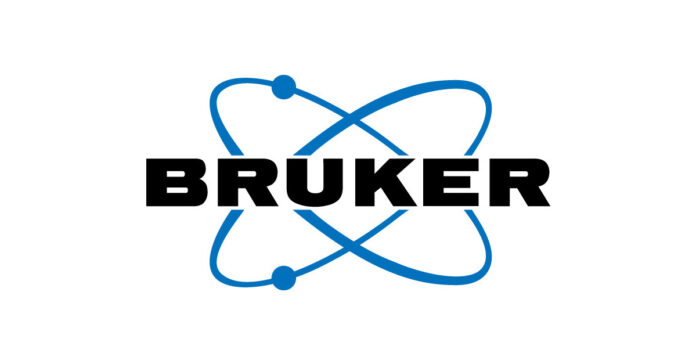LEIPZIG, Germany– At the Proteomic Forum | EuPA 2022, Bruker Corporation (Nasdaq: BRKR) announced expanded capabilities for deeper proteomic and epiproteomic coverage, including enhanced phosphopeptide analysis using the innovative TIMScore algorithm, which is now a part of the new PaSER 2022 GPU-based platform. The novel TIMScore algorithm takes advantage of machine learning (ML) to predict CCS values of tryptic and phosphorylated peptides. Experimentally measured CCS values are referenced against the predicted CCS value to call the most probable assignment, thereby increasing peptide confidence and coverage in high sensitivity applications. The TIMScore algorithm is especially adept in identifying phosphopeptides even at the strictest false localization rate (1% FLR) using LuciPHOr1, where it typically identifies 10%-25% more phosphopeptides.
The human kinome comprises over 500 kinases and is essential for catalyzing protein phosphorylation, which during dysregulation is a known contributor to oncogenesis.2 In a previous human cancer cell line study by Mann et. al., at least three-fourths of the detected proteome (7832 out of 10,801 proteins) were found to be phosphorylated3. In a recent study performed in the Tenzer Lab at the University Medical Center of the Johannes Gutenberg University Mainz, some 27,768 phosphopeptides contained 4,672 isobaric phosphopeptide pairs of which 51% were chromatographically coeluting. TIMScore could separate 19% of the coeluting isomer pairs, refining the view of the phosphoproteome of a human osteosarcoma cell line.
Dr. Stefan Tenzer is Professor of Quantitative Proteomics and the Head of the Mass Spectrometry Core Facility at the University Medical Center of the Johannes Gutenberg University Mainz. Dr. Tenzer commented: “In our lab we use four timsTOF systems to understand posttranslational modifications and signaling pathways. TIMScore in PaSER uses machine learning to predict CCS values of phosphopeptides to decrease peptide ambiguity. The integration of the TIMScore model in PaSER allows for the seamless search of our data and provides an impressive increase of over 25% in the number of identified unique phosphopeptides, enabling deeper phosphoproteome coverage.”
TIMScore complements the capabilities of TIMS DIA-NN. Both have been integrated in PaSER 2022 for “Run & Done” dda-PASEF and dia-PASEF workflows. Using TIMScore and dda-PASEF acquisitions of K562 and MOLT-4 cell lines, 40 fractions run at short (35 min) and long (120 min) gradients and filtered to a 1% FDR4 resulted in the identification of more than 513,000 precursors and 13,114 protein groups. With access to this experimentally derived and statistically filtered ultra-deep library, TIMS DIA-NN and short, 35-minute gradient dia-PASEF runs routinely identify >8000 protein groups and >100,000 precursors, setting the stage for high-throughput translational proteomics.
Dr. Rohan Thakur, President of the Bruker Life-Science Mass Spectrometry division, added: “It is exciting to see this greater depth in the biologically relevant phosphoproteome using mass spectrometry. With ultra-deep protein libraries of over 13k protein groups (PGs), our customers are now able to quantify over 8000 PGs with dia-PASEF, using TIMS DIA-NN, short-gradients and small sample amounts for human cell-line studies in single runs. Since mass spectrometry is a direct high-specificity readout of actual peptides and their modifications, and not a surrogate epitope-binding measurement with unknown FDRs, it has become the high-specificity method of choice for the study of the phosphoproteome. With the release of TIMScore and TIMS DIA-NN, large-scale, high-throughput, label free quantitative phosphoproteomic studies essential for cell signaling pathway analysis are now feasible. This will further enhance biomarker discovery in kinase signaling processes for understanding pathobiology, including in cancer.”


